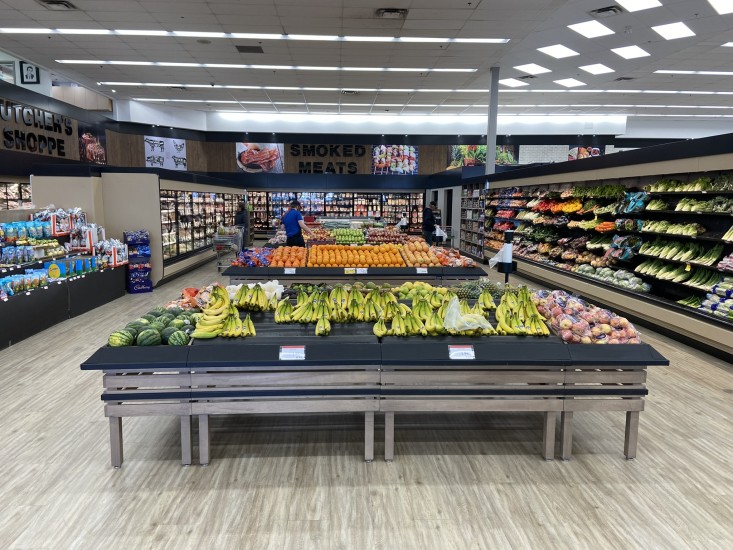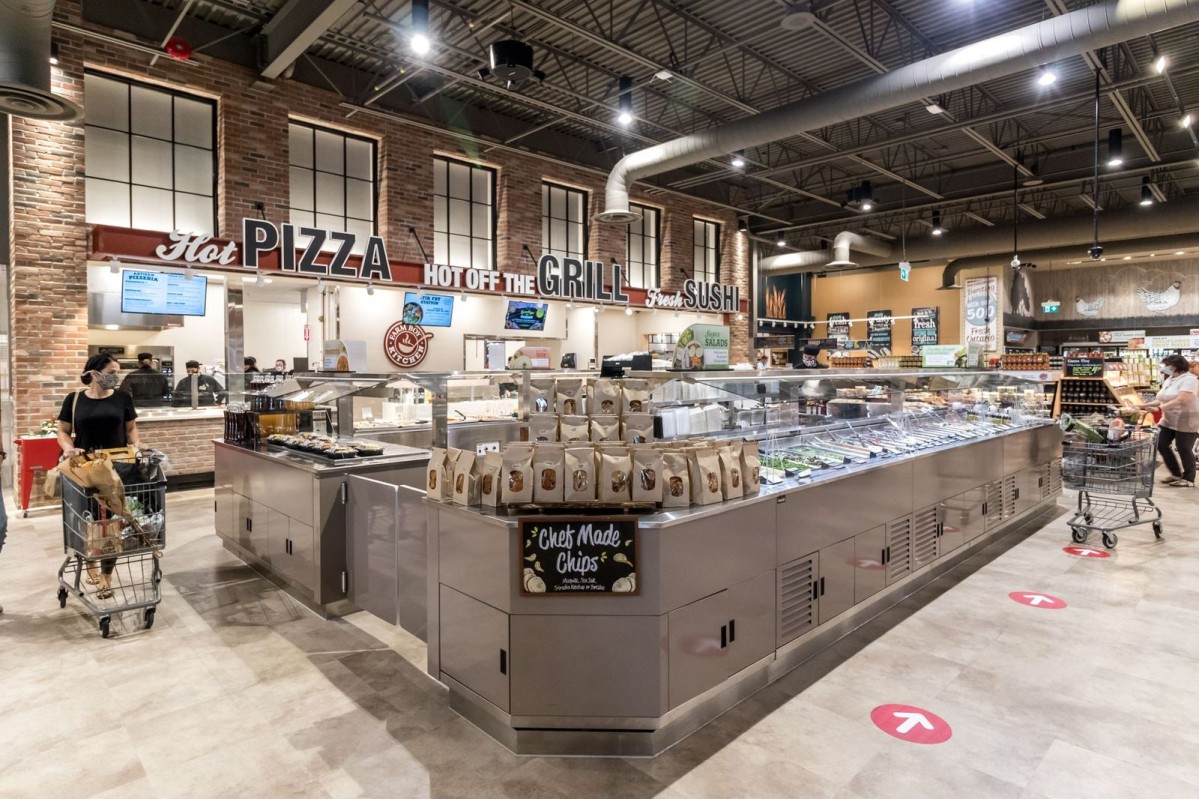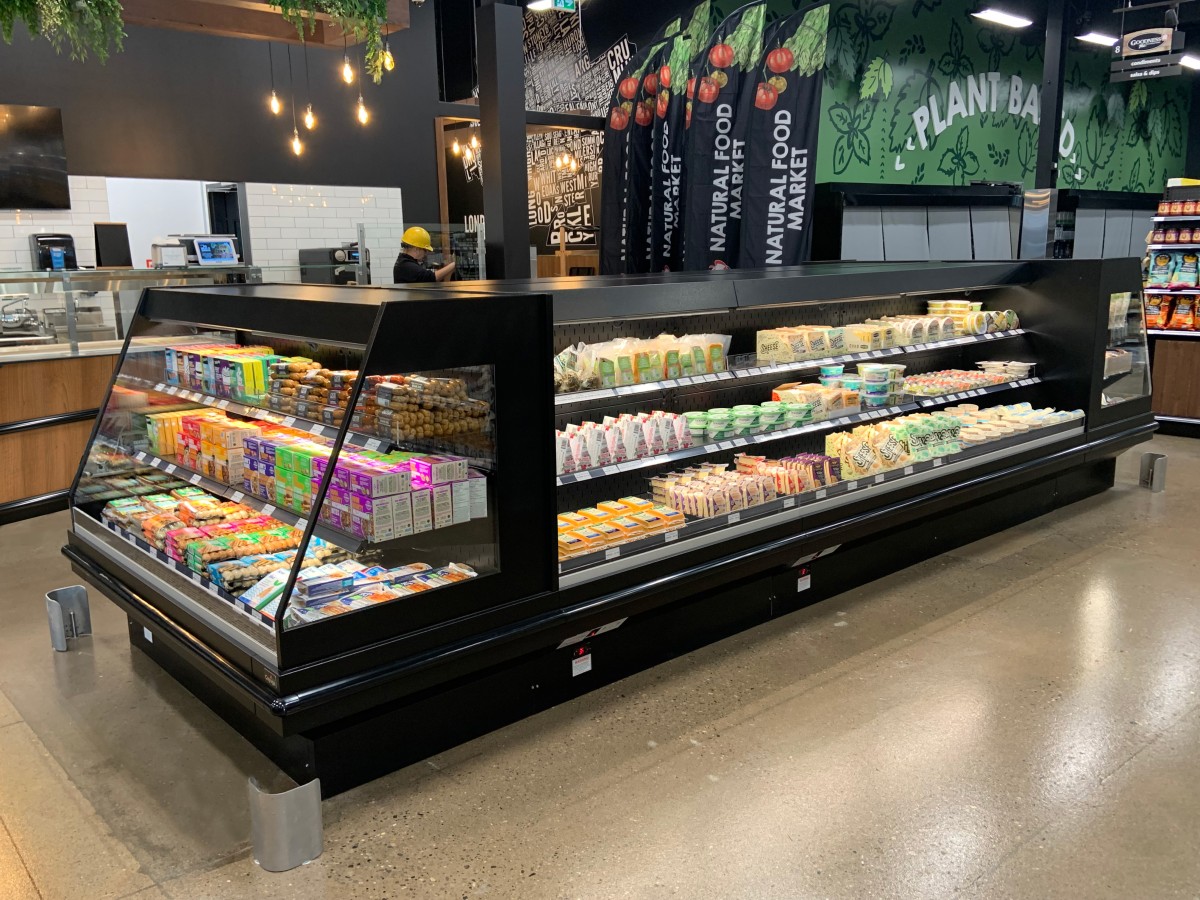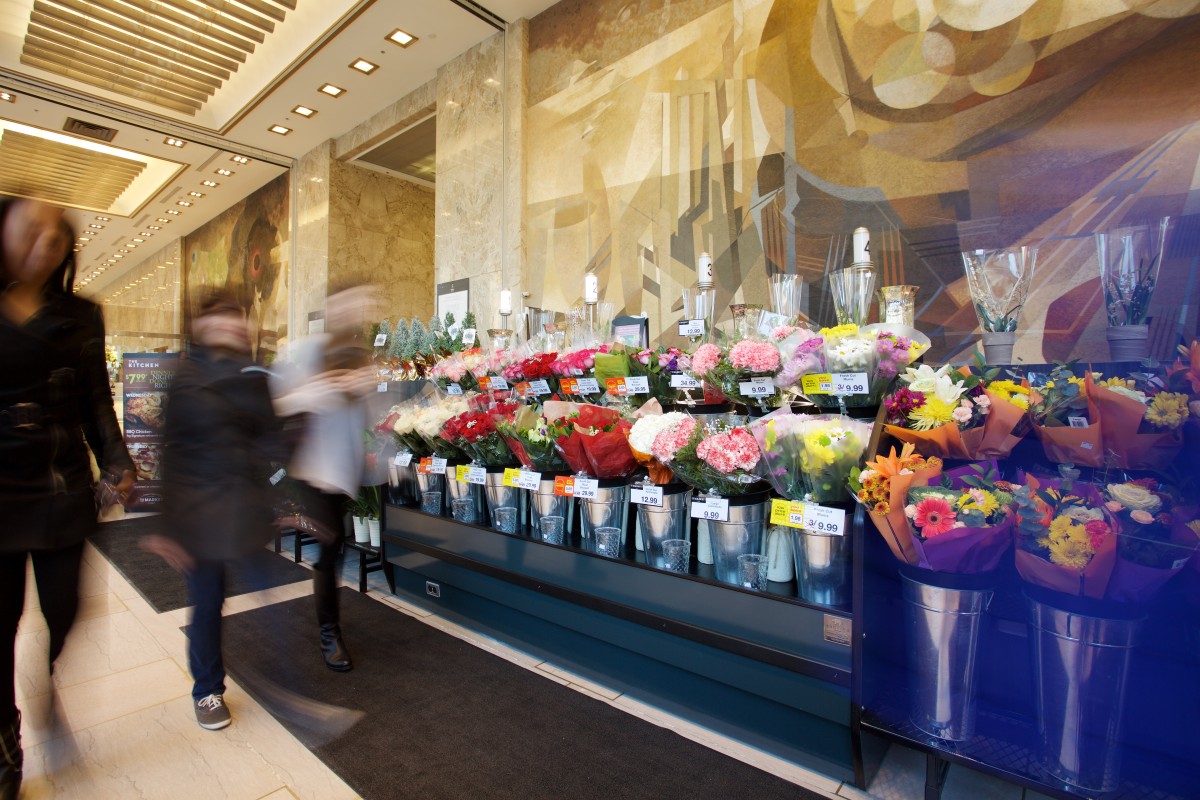Store layouts play a crucial role in shaping consumer behavior and influencing purchasing decisions. By understanding the psychology behind store layouts, retailers can strategically design their stores to enhance customer experiences, encouraging them to linger, explore and spend their hard-earned money.
Every well-designed store layout is based on psychology. The arrangement of shelves, the placement of products and even the color choices used on displays are carefully crafted to tap into our subconscious desires and influence our shopping behavior. Understanding the psychology behind store layouts allows grocerss to create an environment that attracts customers and maximizes sales.
Join us as we delve into the intriguing world of store layouts and discover the psychological tactics used to shape our shopping experiences.
The impact of store layouts on consumer behavior
First impressions
Your store’s layout has the power to create a positive and lasting first impression on customers. An aesthetically pleasing arrangement of products, visually appealing displays and attractive lighting create a pleasant and welcoming atmosphere. Keeping the entrance uncluttered makes it feel more spacious, instilling a sense of calm and reducing feelings of overwhelm.
Having a positive first impression is vital and can positively influence customers' perception of your brand and increase their likelihood of exploring further and making purchases.
Managing flow and movement
Wide and clear pathways prevent congestion, ensuring a smooth flow of customers. Retailers often use a loop or grid layout, where customers are guided through the store in a specific pattern. This design allows for exposure to a broader range of products and encourages customers to navigate the entire store.
- Place popular or high-margin products along pathways to increase their visibility and encourage impulse purchases.
- Use flexible display cases to help shape customer flow and navigation. These versatile fixtures can be easily adjusted or moved to adapt to changing store layouts, creating designated areas for featured products, seasonal promotions or new arrivals that attract customers’ attention and direct their flow within the store.
- Place complementary products together or arrange items in a logical sequence to encourage customers to explore related products and increases the likelihood of cross-selling.
- Use end cap displays and eye-catching signage at the end of aisles to draw customers' attention and guide them to different sections of the store.
- Place tempting displays of products near the store exit helps to naturally guide customers towards the checkouts while providing opportunities for last-minute impulse purchases.
Key elements of effective store layouts
Product placement and positioning
By carefully arranging products within a store, retailers can make them more visible, create a sense of organization and promote specific items or product categories.
- Placing products at eye level is an effective way to capture customers' attention. These items are more likely to be noticed and considered for purchase, so this prime shelf space should be reserved for popular or high-margin products.
- End caps and feature displays can create focal points within the store. These areas draw customers' attention and provide opportunities to showcase new arrivals, promotions or seasonal items. We have a variety of flexible display units that make it easy to create compelling displays.
- Flexible display cases can be adjusted or moved to accommodate different product sizes, shapes or promotions.Grocers can easily refresh displays, rearrange items or create themed sections to maintain customer interest and offer a dynamic shopping experience.
Signage, color and lighting
By incorporating effective signage, strategic color choices and appropriate lighting, grocery stores can optimize their layout to improve the customer experience.These elements work together to create a visually appealing and engaging environment that attracts and retains customers.
- Visual cues and directional signage can guide customers to different sections, promotions or special offers, increasing their exposure to various items throughout the store. Persuasive signage used to highlighting price discounts or emphasize product quality can influence customers' purchasing decisions and promote sales.
- Color evokes emotion and can influence customers' moods and perceptions. Warm colors like red and orange create a sense of urgency and excitement — promoting impulse buys or limited-time offers — while cooler colors like blue and green create a soothing atmosphere, perfect for the produce or health food departments.
- Brand-specific colors reinforce brand identity and recognition, fostering a sense of trust and familiarity among customers.
- A variety of lighting techniques can be used to highlight specific areas or products. - ---Spotlighting draws attention to premium items or promotions, while ambient lighting can create a warm and inviting atmosphere.
- Background music is often used to influence the pace and mood of shoppers. Upbeat and fast-paced music can encourage customers to move quickly through the store, while slower, more soothing music can create a relaxed and comfortable environment.
- Grocers have always used the power of scent to tempt shoppers. Who can resist the aroma of freshly baked goods coming from the bakery section? Similarly, the smell of coffee near the coffee aisle or floral scents near the floral department can evoke positive emotions and enhance the overall shopping experience.
As you can see, there is a lot to consider when designing your store’s layout. By understanding the psychology behind store layouts, grocers can strategically design their stores to create a welcoming atmosphere that enhances their customers’ experience and maximize sales.
We’ve spent a lot of time and resources studying consumer behavior and applying our knowledge to the products we make. If you’d like more information on how our display cases and other products can benefit you, feel free to contact us. We’re always happy to answer your questions.




